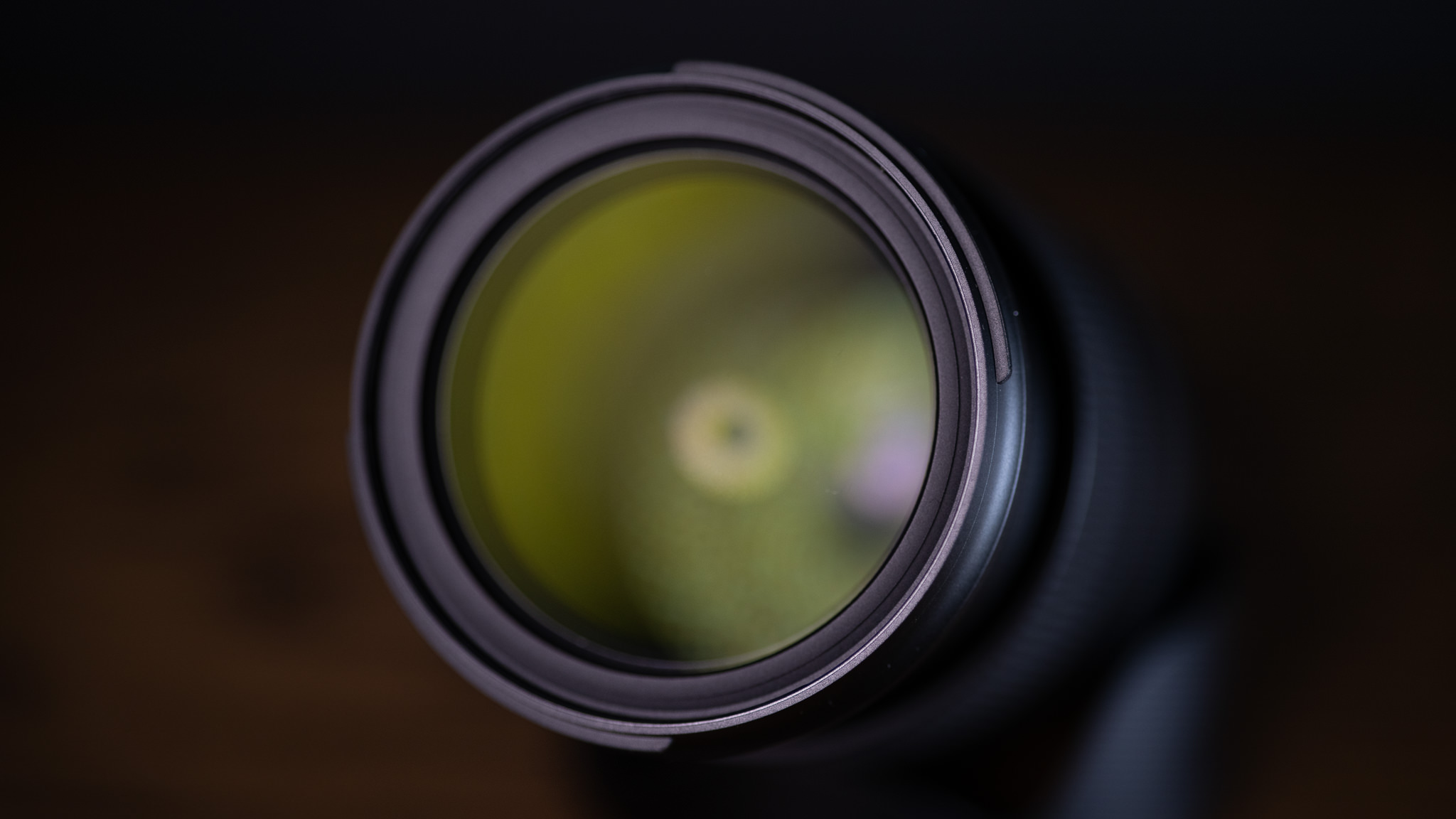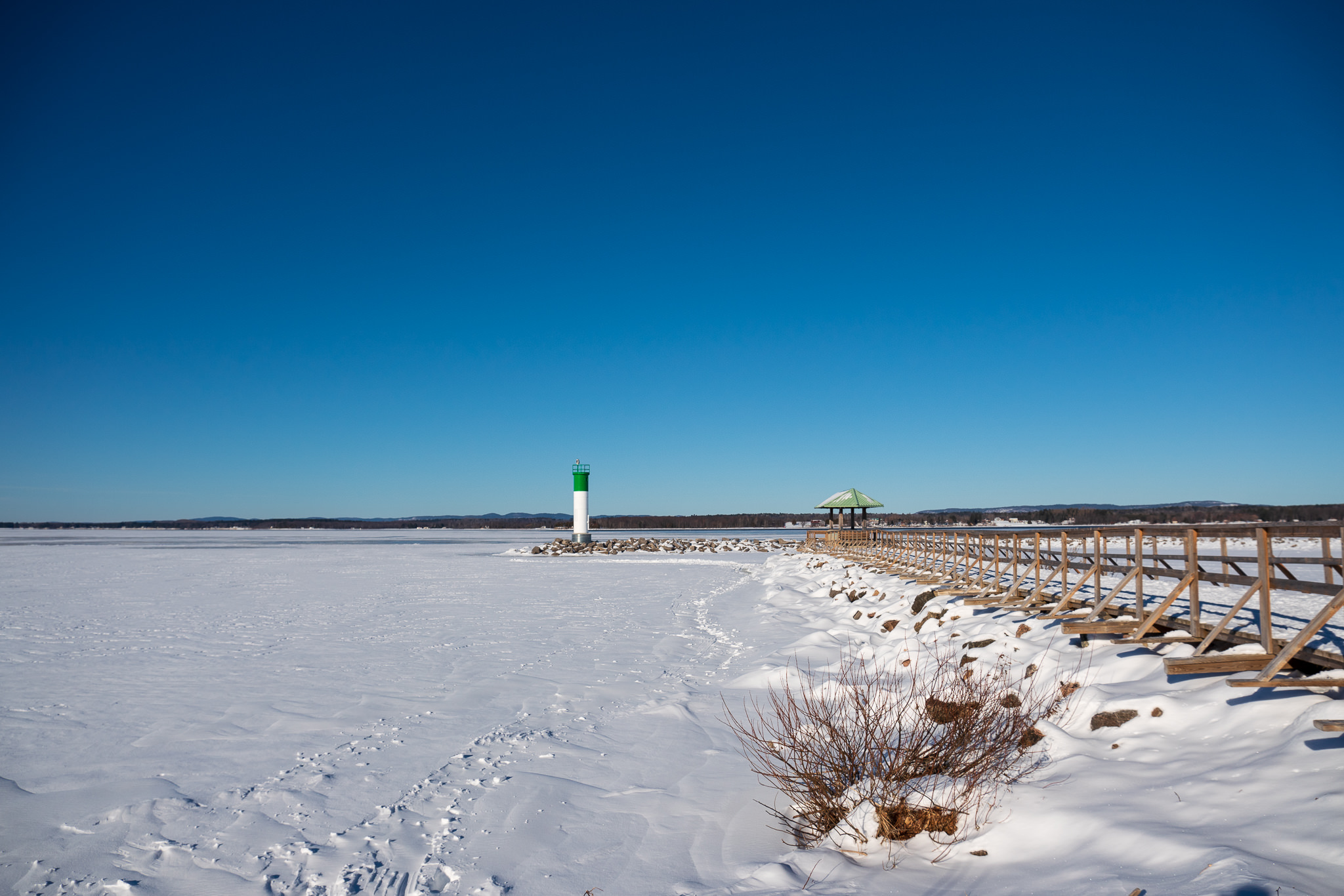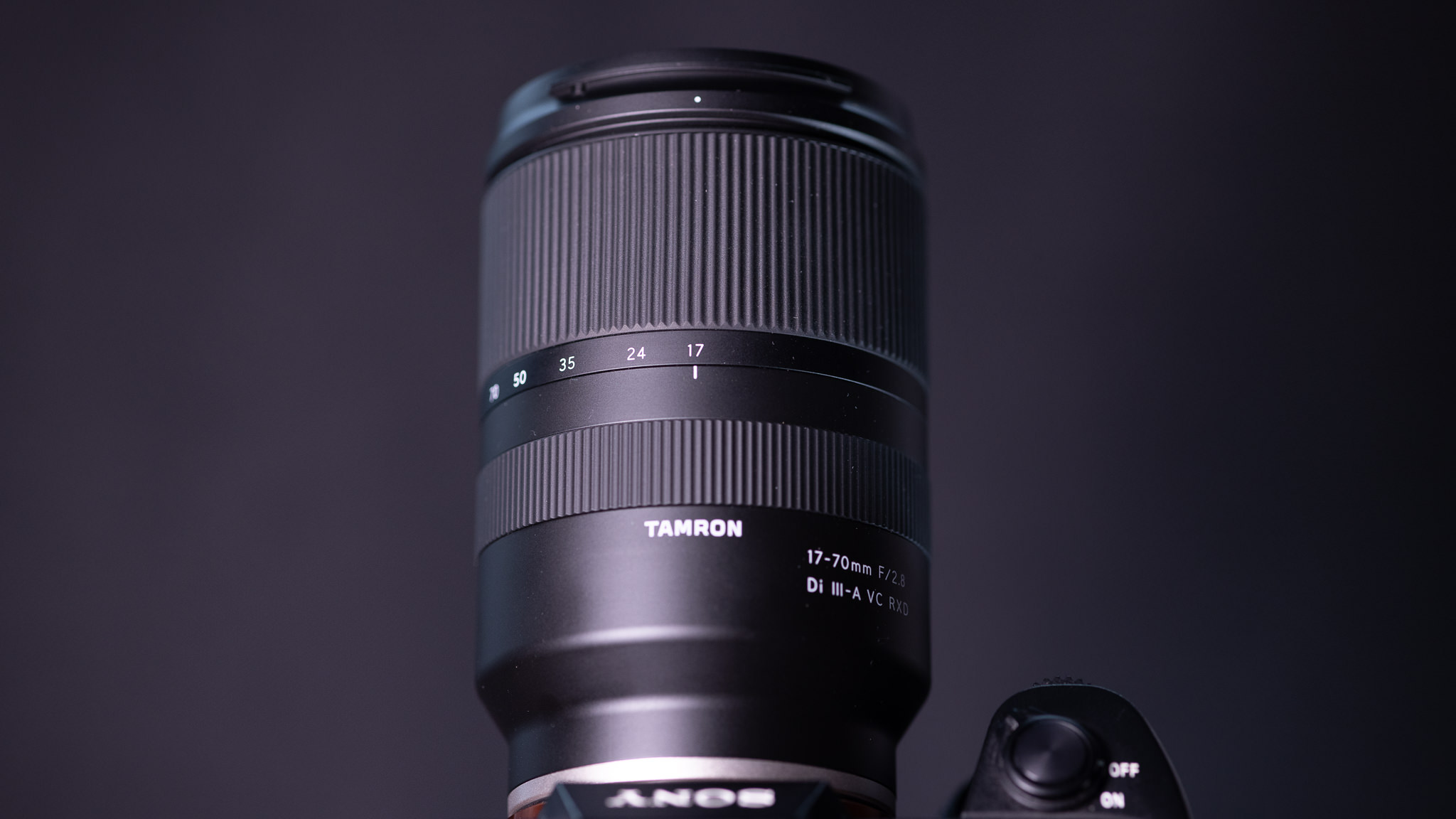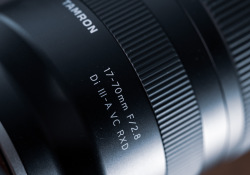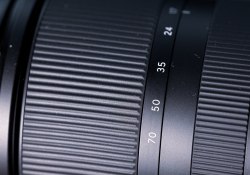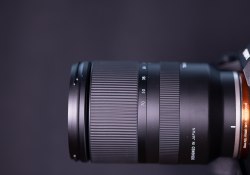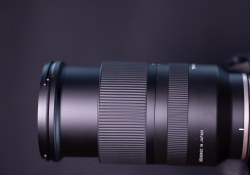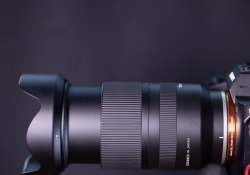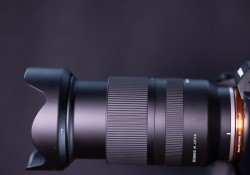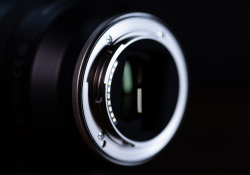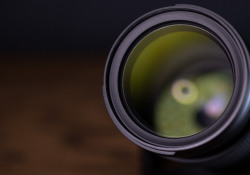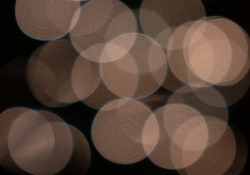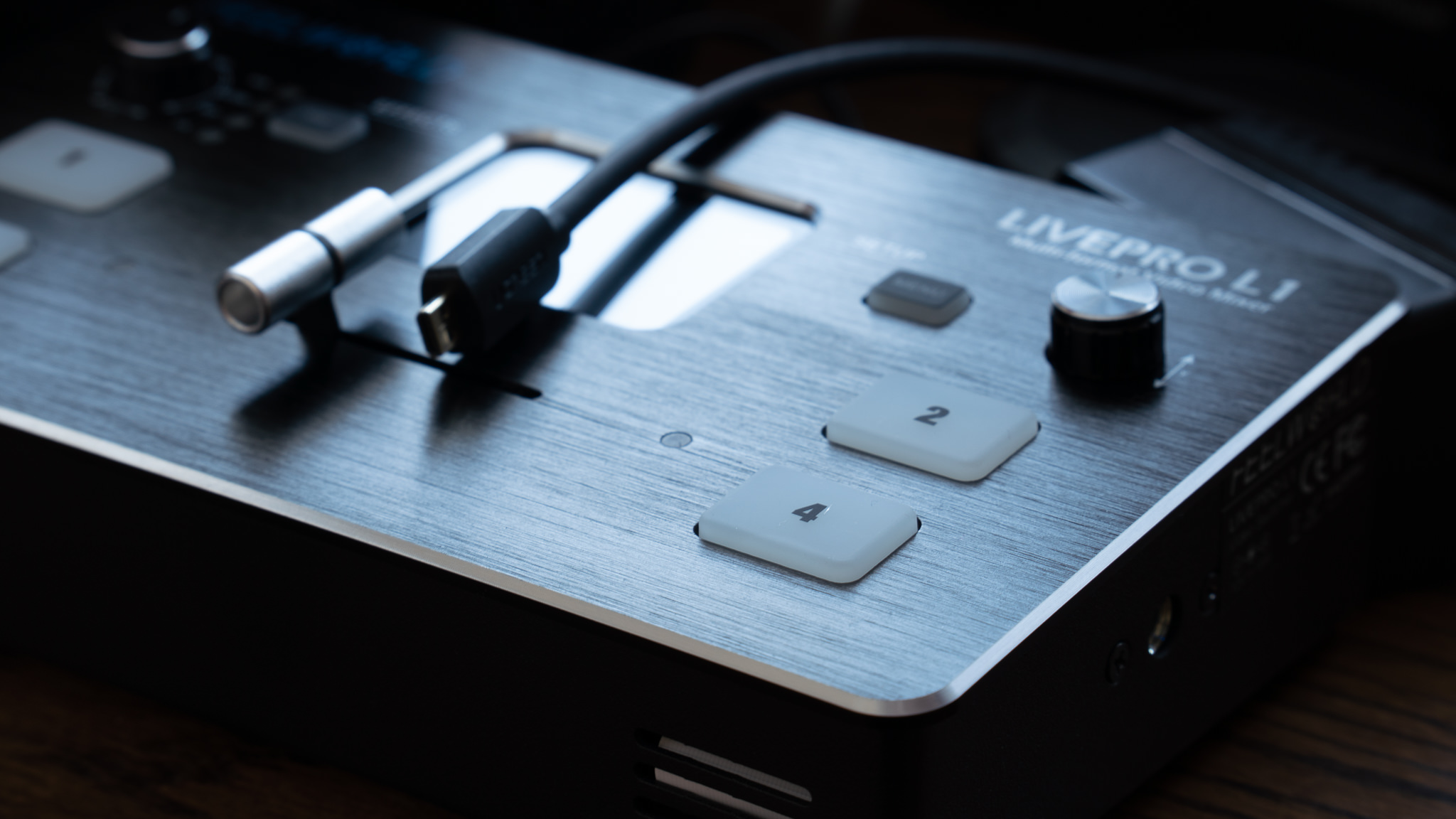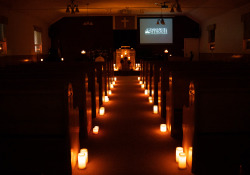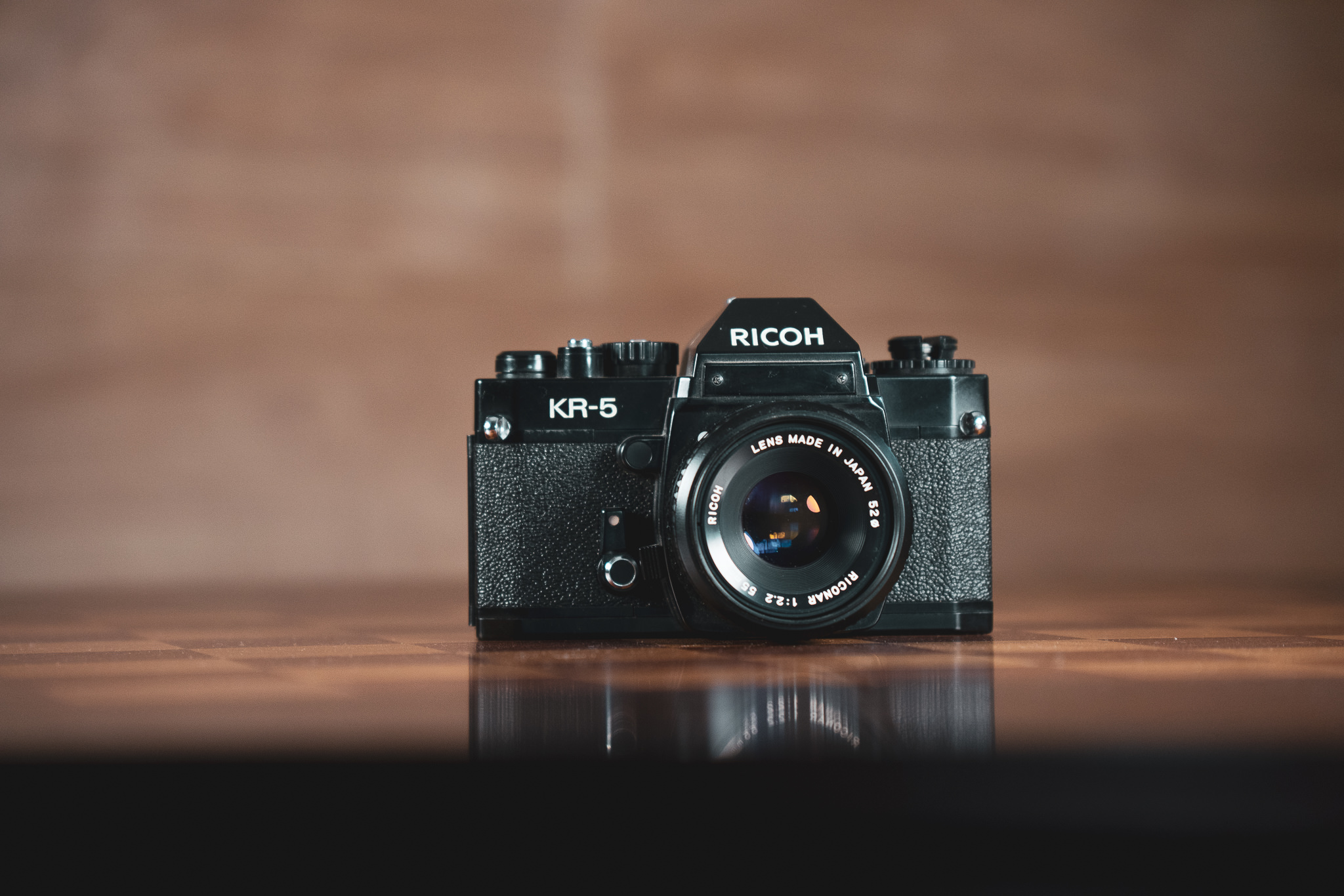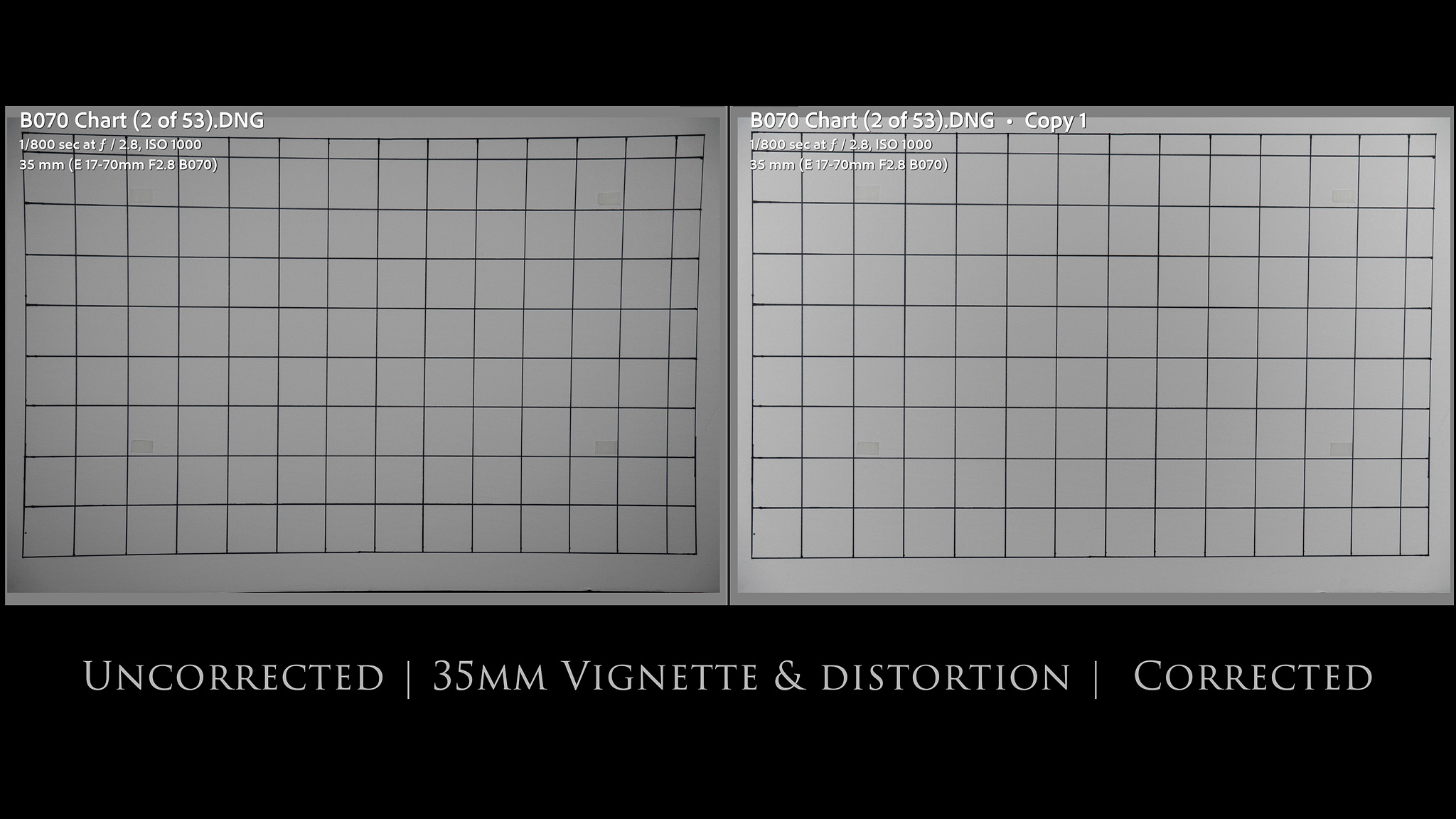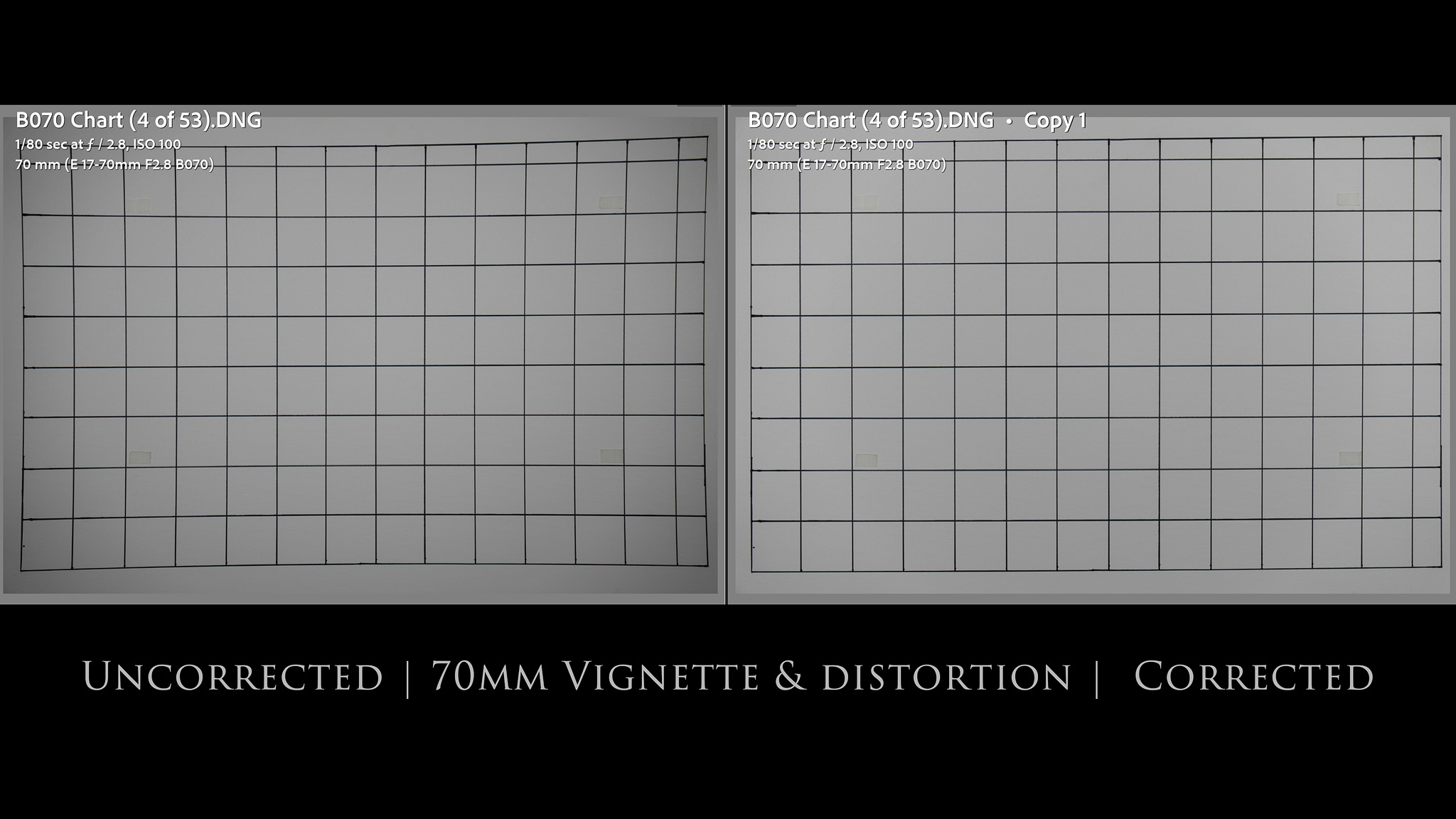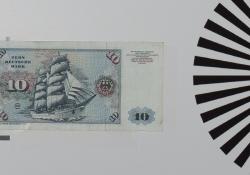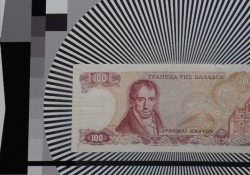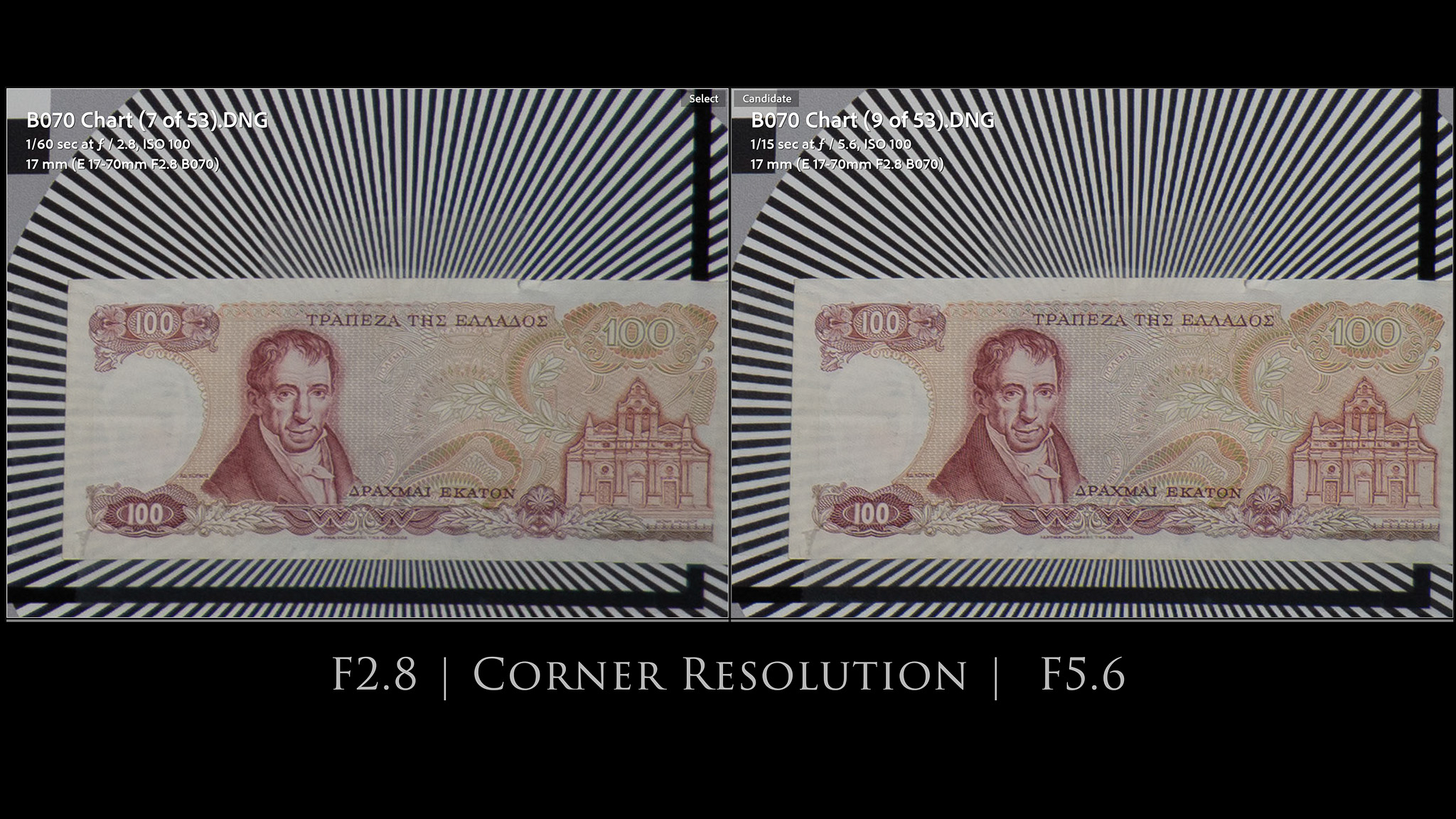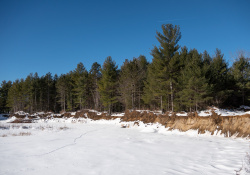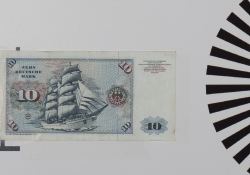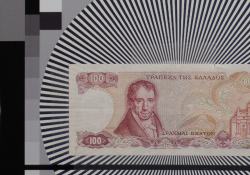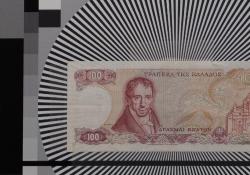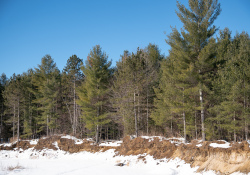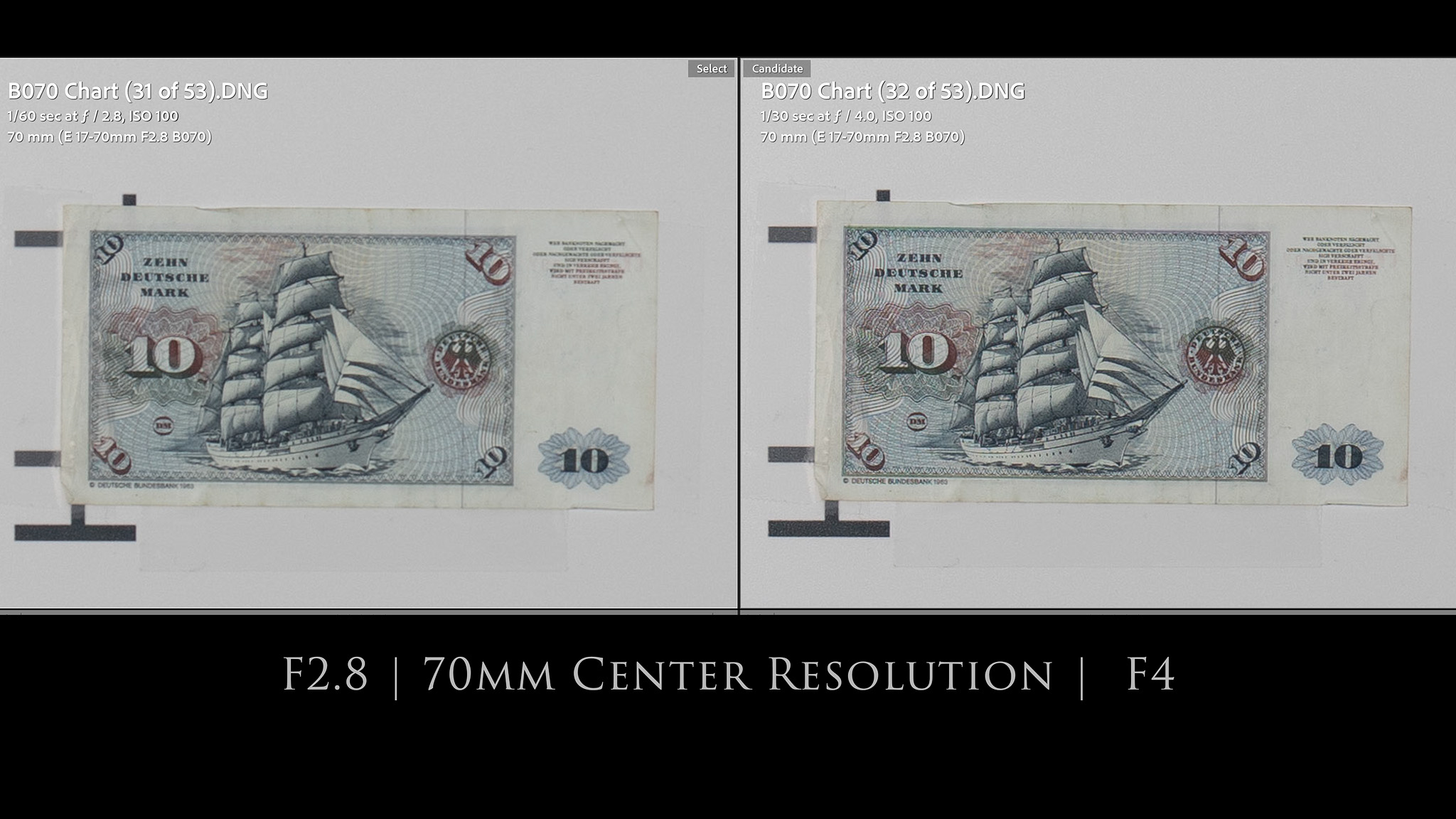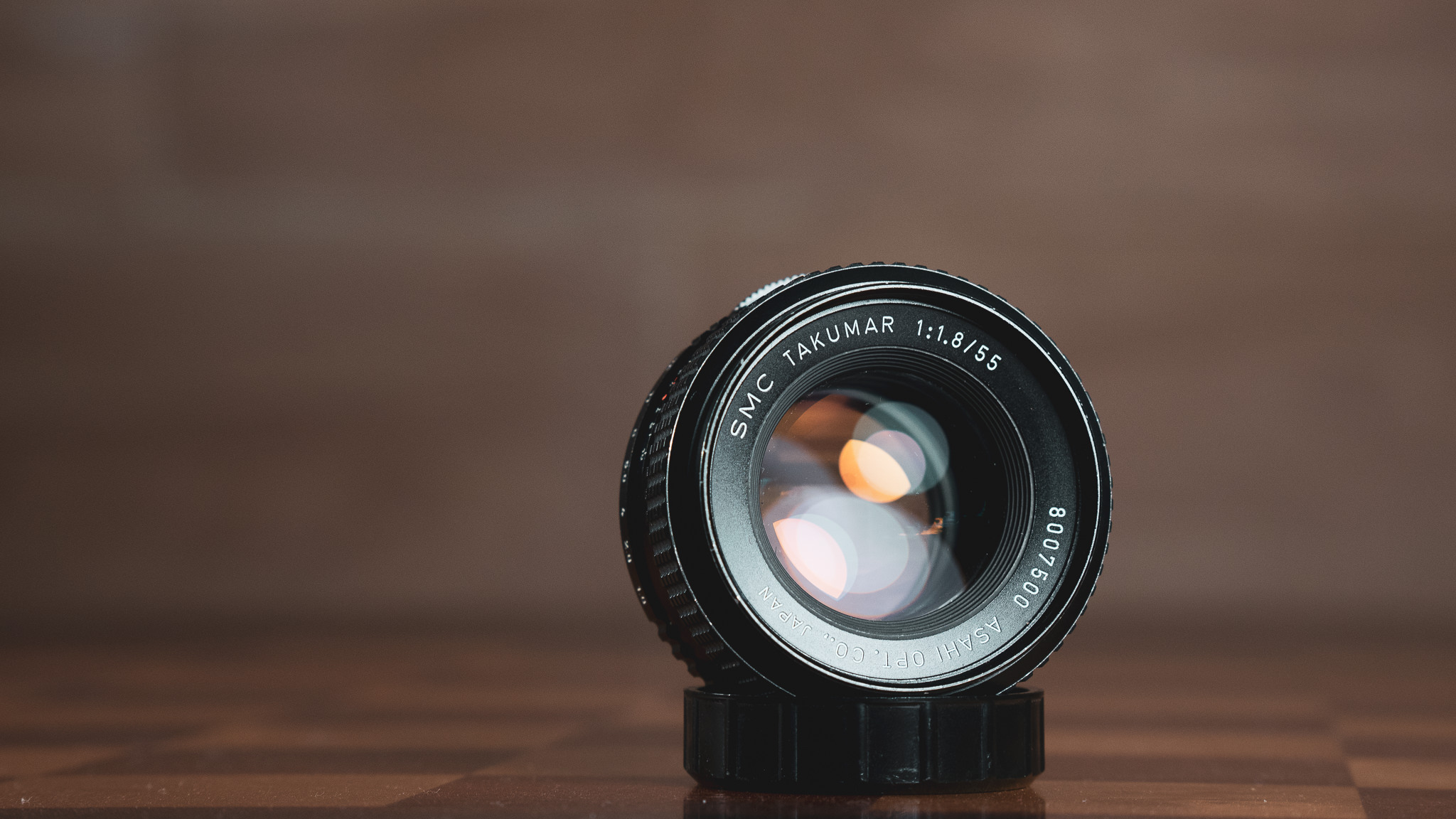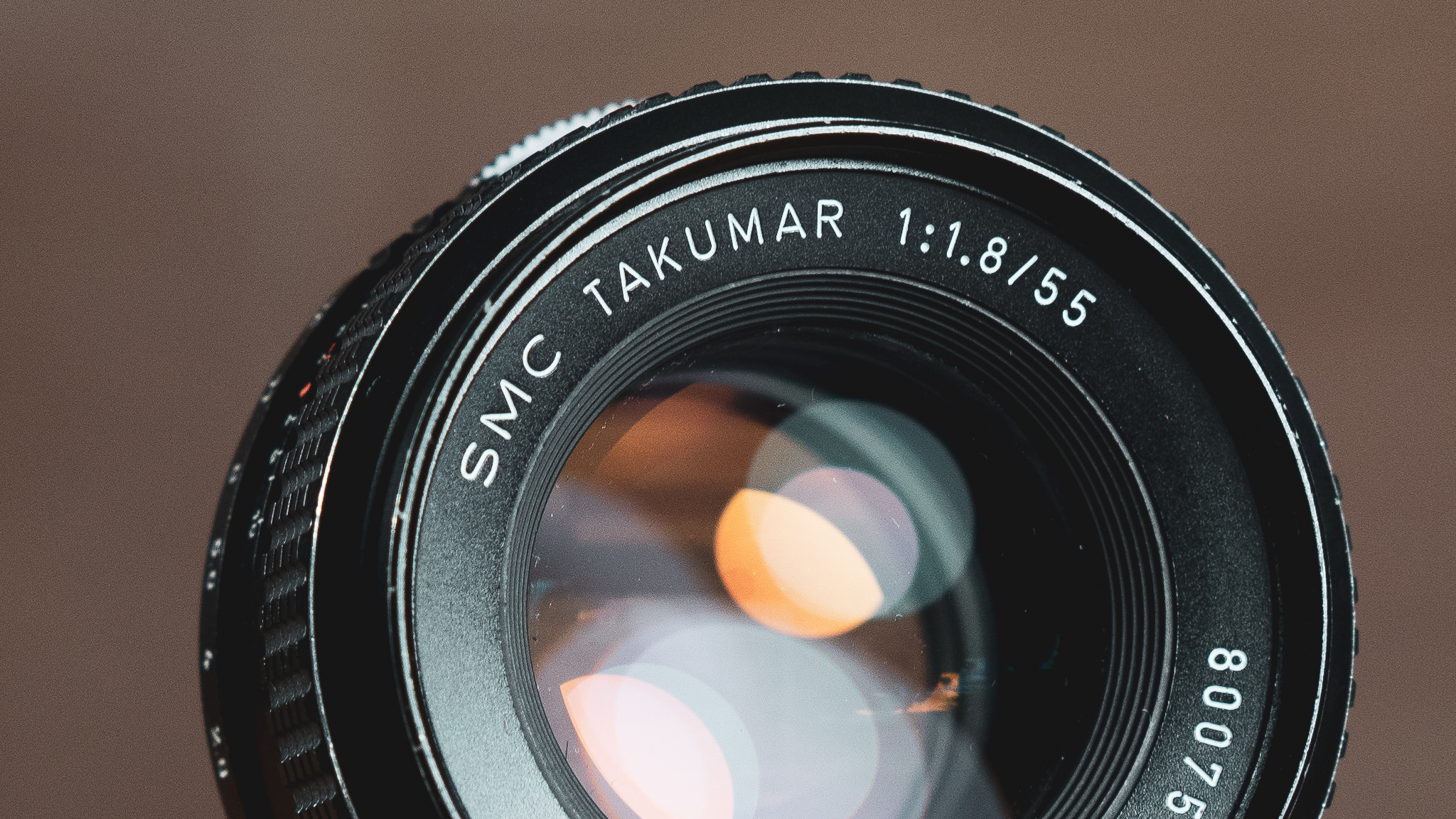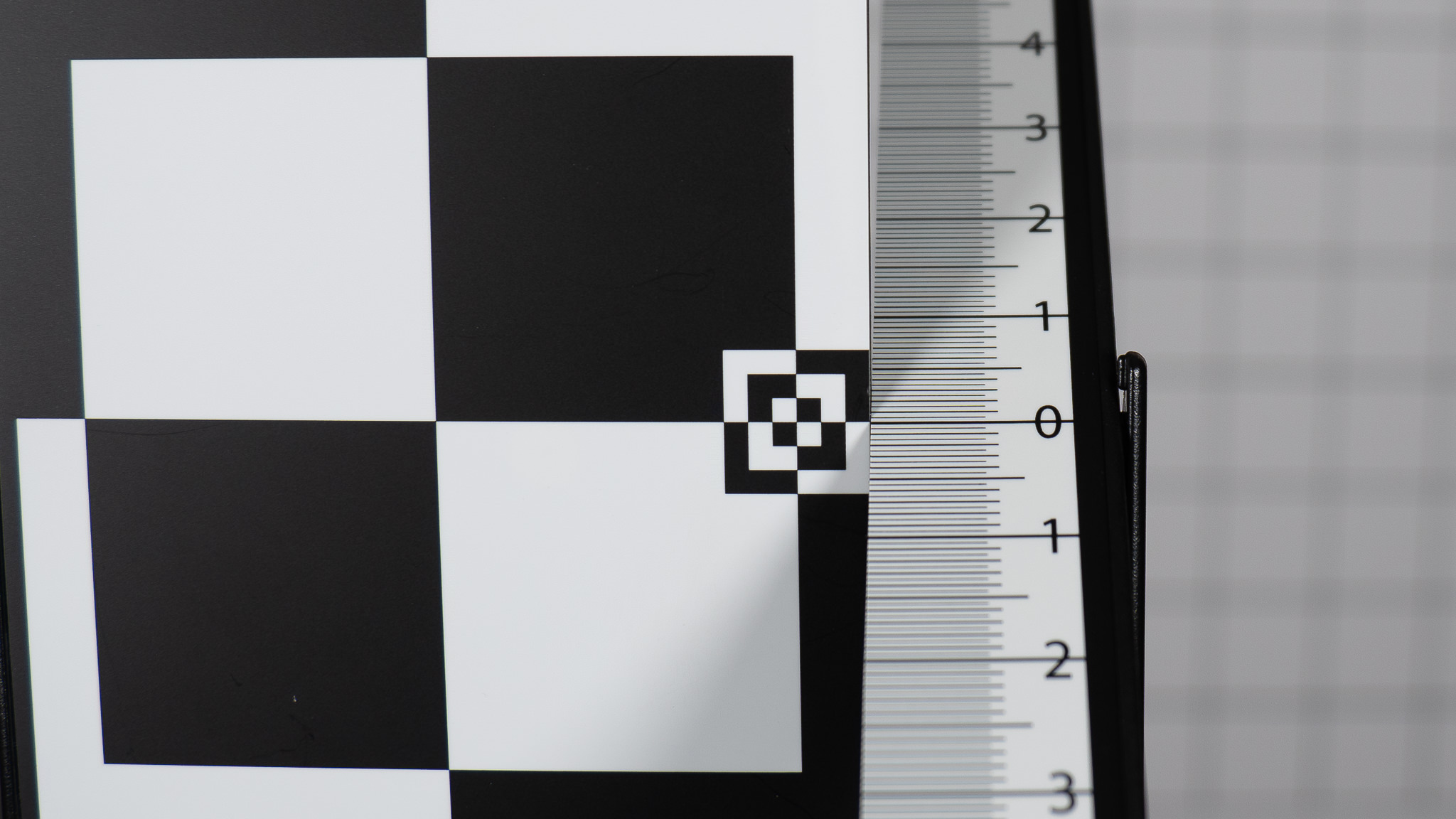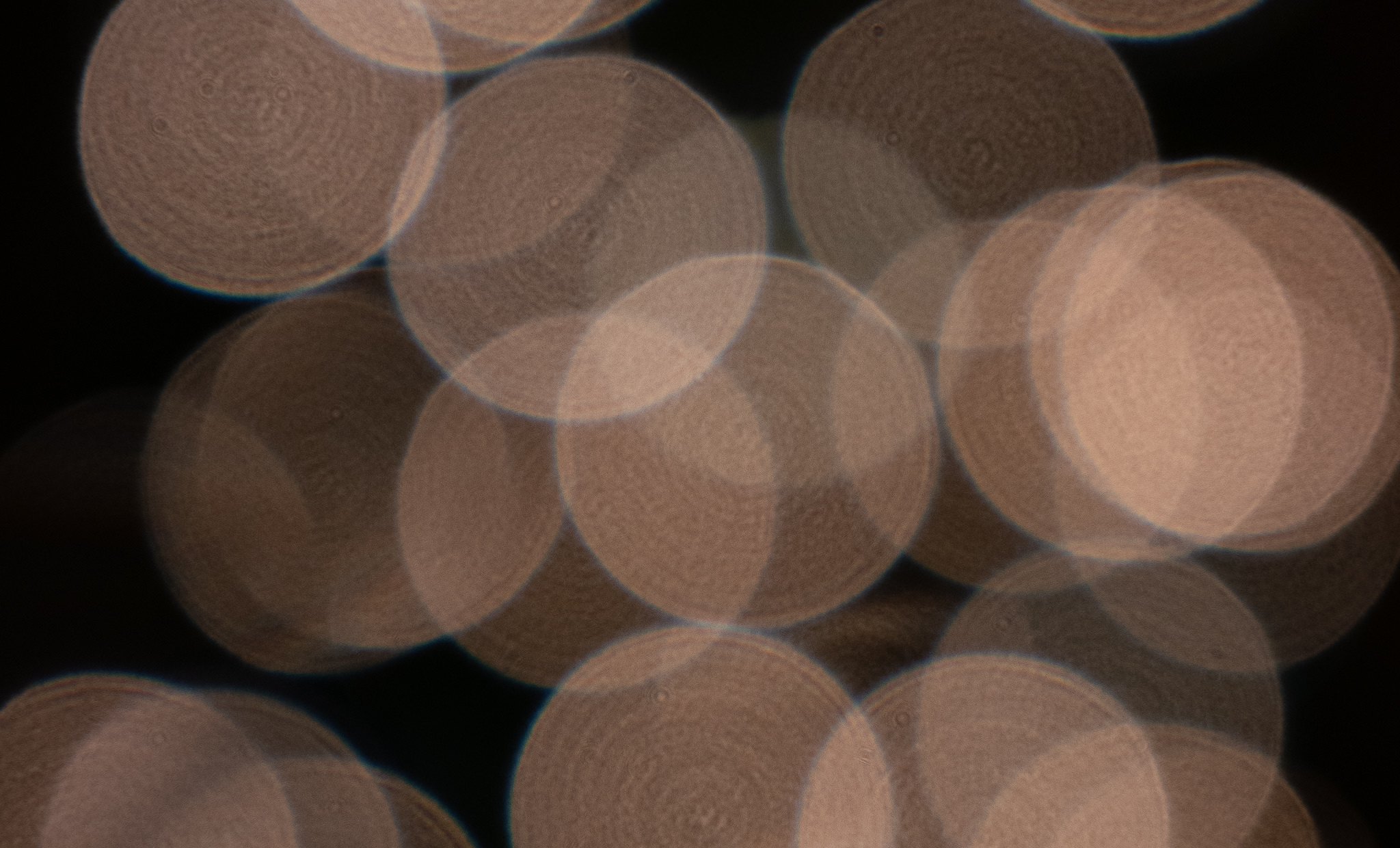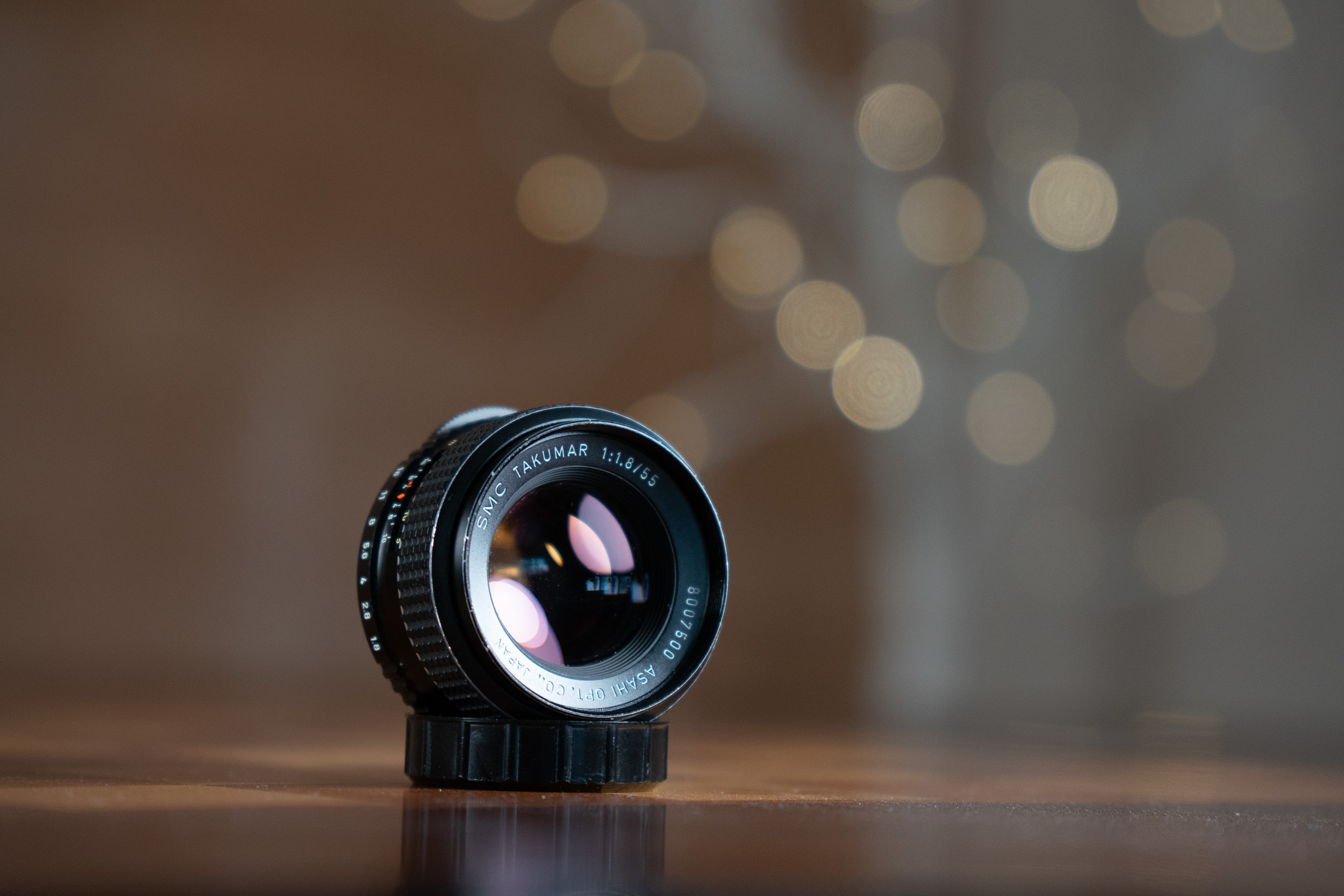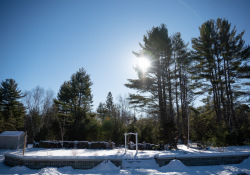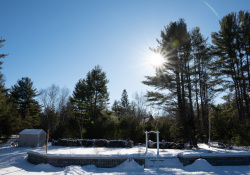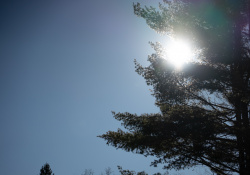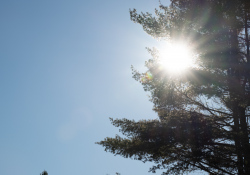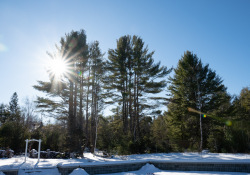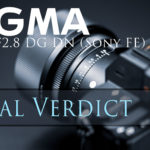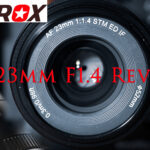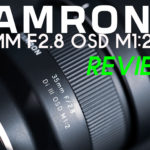Tamron has emerged in the last 7 or 8 years as the king of third party zooms. They’ve had a few standout prime lenses (the SP 35mm F1.4 being chief), but where Tamron has made its living has been with well regarded zoom lenses that have been well made and optically excellent while also being much more reasonably priced than first party alternatives. There’s a good chance that if there is a Tamron lens in your kit, it is a zoom! By my count I own four of them at the moment. Tamron has really focused a lot of their recent development on the Sony FE (full frame mirrorless) platform, with a whopping 8 lenses in less than two years. But in this case, Tamron has adjusted their aim to a very important (and oft-overlooked) space – Sony APS-C E-mount. There are a LOT of Sony APS-C mirrorless shooters out there, and despite the large audience, there are relatively few APS-C specific releases. But Tamron’s new 17-70mm F2.8 Di III-A VC RXD may quickly become the biggest advantage for Sony in the APS-C space. The B070 (as Tamron refers to the lens) is a well made, fast focusing, optically excellent zoom that pretty much has it all.
Tamron loves its initials in their lens names, so let’s sort out that alphabet soup. Di III is their designation for a mirrorless lens design, and, in this case, the addition of -A at the (Di III-A) refers to their development for APS-C mirrorless. This is the first time that I’ve seen this designation, but the only other APS-C mirrorless lens that I can recall reviewing from them was the 18-200mm F3.5-6.3 VC that I reviewed (on Canon EOS M) back in 2014. Full frame mirrorless wasn’t really a thing at that point, so they probably didn’t need to distinguish between the two. VC refers to Vibration Compensation, which is Tamron’s proprietary image stabilization system. Tamron has been doing VC well for a long time, and their systems are some of the best. This is the first time I’ve seen VC on any of their recent mirrorless designs, as the previous 8 Sony lenses they developed lacked it. Tamron obviously recognized that 1) far more Sony APS-C camera models lack IBIS (In-Body-Image-Stabilization) and 2) several competing Sony zooms have OSS (Sony’s designation for their image stabilization). I’m thrilled to see VC debut here, and I’m hoping that any future telephoto lenses they develop for full frame or APS-C will include it. Finally, RXD refers to the focus motor. I’m a fan of the RXD motors, as in every application I’ve tested, I’ve seen quiet, fast, and precise autofocus.
As noted, Sony has about three alternative zooms, but none of them check quite as many boxes as the B070. On the cheap end, there is the standard E 18-135mm F3.5-5.6 OSS, which boasts the cheapest price of the quartet ($648 USD), but is also the cheapest in terms of build and performance. It has a nice zoom ratio, but has a slow variable aperture and much lower image quality. Sony also has an older Vario-Tessar T* E 16-70mm f/4 ZA OSS, which has a similar zoom ratio to the Tamron B070 and has the optical stabilizer, but it also has a slower maximum aperture (F4), a higher price tag ($998 USD), and a lower optical performance. Finally, there is the E 16-55mm F2.8 G, which is Sony’s premium player in this group. It’s a strong lens optically and shares the faster maximum aperture (F2.8), but has a small zoom ratio, lacks the optical stabilizer, and carries a very lofty price tag of $1398 USD, a full $600 higher than the $799 USD price point that the B070 enters the market at. On paper the Tamron 17-70mm F2.8 VC RXD manages to combine the strengths of competing lenses while carrying a lower price tag than the true competitors. But does the B070 live up to its promise? Read on to find out!
Photos taken with and review done on a Sony a7RIII body in APS-C mode. Watch my definitive (long format) or standard video review by clicking on the link below.
Follow Me @ Patreon | My Newsletter | Instagram | Facebook | Twitter | Flickr | 500px
B070 Build, Handling, and Features
As noted above, I actually used a full frame camera in APS-C mode (Sony a7RIII) to evaluate the lens as I don’t own a Sony APS-C body at present. In this case, I’m glad I did, as the B070 is really more like a full frame lens in terms of size and weight. It was a very natural fit on my a7RIII body. Like all other Tamron mirrorless lenses developed since 2018, the B070 has a 67mm front filter thread, and, in this case, needs it. It is a bit wider than any of the other lenses in the class at 74.6mm (2.9″), but where it is really larger than the others is in length, where it reaches a fairly long 119.3mm (4.7″). The closest competitor in length is the Sony 16-55mm, which is 100mm long. The B070 is actually nearly a couple of millimeters longer than the full frame Tamron 28-75mm F2.8, which is 117.8mm. It also weighs nearly as much as the 28-75mm (550g) at 525 grams (1.2 lb). Here’s a look at how the specs break down:
Clearly Tamron’s priority here was not compact size and weight (though, as noted in the intro, it does pack a larger maximum aperture over a wider zoom range than competing lenses). The size and weight may put off some potential buyers who really want to travel light, but Tamron’s engineering priority here was clearly to produce an optically excellent lens rather than a small one. That’s not to say the size and weight is gratuitous (it’s only 29g heavier than the Sony 16-55mm), but it will be a bit larger than some would prefer.
There’s no question this is an extremely useful focal range, going from quite wide (25.5mm full frame equivalent):
to telephoto (105mm):
This obviously gives you a great deal of framing options, and, while the depth of field is more equivalent to a full frame F4 lens, the F2.8 aperture will always have the light gathering capability of an F2.8 lens (regardless of whether attached to APS-C or Full Frame), meaning that the B070 has certain advantages over a full frame 24-105mm F4 lens.
As has been Tamron’s design philosophy thus far, the design language is clean, modern, and without distractions. That’s the nice way of putting it. The glass half empty approach is to note that there are no features on the outside of the lens. No AF/MF switch, no switch for the VC, and definitely nothing like an aperture ring or focus hold button. Tamron has kept the prices on these lenses reasonable by focusing on excellent internals while adopting a fairly bare bones approach on the outside. It seems to be working, however, as Tamron’s sales on Sony have been brisk. The 28-75mm F2.8 RXD that started this revolution was the world’s best selling lens (period!) for several years following its release.
What you will find on the outside is two rings. The closer (and narrower) of the two is the manual focus ring. This (like all mirrorless lenses) is focus-by-wire, meaning that focus input on the focus ring is routed through the focus motor to move the elements. Focus emulation is only okay here. The focus ring moves easily enough, but there is a slight grittiness to the action and I felt a tiny bit of “sticking” when trying to fine tune focus. This is no buttery smooth Zeiss Loxia! Fortunately you probably won’t need the MF ring often because autofocus is fantastic. The second ring (wider and deeper ribbed) is the zoom ring, and the report is better here. The ring is easy to find by touch and moves smoothly through the zoom range without any sticking points. The inner barrel will extend about 3cm at maximum zoom, though without any wobble.
Tamron has included a nicely made (howbeit plain) petal-shaped lens hood that also reverses nice and flush for storage. It has deep ribs inside that disrupt stray light bouncing around. It’s plastic and lightweight, but the quality of the plastics is apparent by feel. It doesn’t feel as cheap as some hoods that I see. It feels like it could take a few bumps without cracking.
The lens’ housing is a nice grade of engineered plastics with a satin finish. There’s a platinum-colored accept ring right near the lens mount. Nothing fancy on the outside, but the lens “look” is clean and it looks nice mounted on the camera.
As noted, however, the good stuff is inside. There’s a rubber gasket at the lens mount that suggests at the weather sealing inside, and this is diagram from Tamron shows that there are a total of seven seal points in the lens.
This is capped off by a nice fluorine coating on the front element, which not only helps protect it from scratches but also makes it water and fingerprint resistant and thus easier to clean.
Tamron’s recent trends regarding MFD (minimum focus distance) hold true here, as the lens sports two different MFDs for wide (0.19m/7.5″) and telephoto (0.39m/15.5″). You can get to nearly 0.21x magnification on the wide end and right over 0.19x on the telephoto end. I don’t find the figure on the wide end particularly useful, however, as you have to get to within only 6-7cm of your subject to achieve that magnification, meaning that there is a STRONG chance of shading your subject with the lens. Distortion and field curvature is also exaggerated that close, leaving only a small “sweet spot” where focus is achieved.
The telephoto figure is a bit lower, but achieving the result will be much simpler in the field and probably much more satisfying in the process.
Tamron has their standard nine rounded blades in the aperture iris, allowing the aperture to retain a circular shape when stopped down. Here’s F2.8, F4, and F5.6 at 17mm and then at 70mm.
You can see a couple of things. First, the geometry isn’t too bad. There is some deformation near the edge of the frame, but is still reasonably round. A circular shape is maintained well when things are stopped down. What you can also see, however, is some rather obvious concentric circles (onion bokeh) that reminds me of Tamron’s first 24-70mm F2.8 VC zoom or 45mm F1.8 VC prime lens. Bright bokeh highlights (like the Christmas lights here) are not going to be a friend to this lens.
Bokeh looks better in other situations (as we’ll see more of later), but the bright lights aren’t for this lens!
As noted, this is the first of the modern mirrorless lenses for Tamron that comes with their VC. In the case of my review, I was reviewing the lens on a camera equipped with IBIS, and, since one cannot turn IBIS off independent of the VC, it is impossible to separate the VC performance from the camera’s IBIS. What I can say, however, is that the VC works in a very mannerly fashion. You honestly don’t know that it is there outside of the stability, as there is neither sound nor any untoward behavior to betray it. No jumping in the viewfinder or anything like that. I was able to handhold this shot at 1/4th of a second at 70mm (105mm equivalent).
That’s about five stops of stability, and I’m sure one could push it a bit further. I also found that it provided good stability for video work, so, between the great VC and the smooth, confident (and quiet!!) autofocus, this lens will certainly be an attractive one for video work.
So, while the B070 does lack some bells and whistles, it is a nicely made lens that has some good things where it matters. The lens handles well, and, while I would like to have the AF/MF switch and On/Off for the VC, I won’t complain too loudly when you are getting this much lens for the price.
Autofocus and Video Performance
The B070 has Tamron’s excellent RXD, and the Rapid eXtra-silent stepping Drive (RXD) is everything a mirrorless autofocus system should be. It is fast, quiet, and accurate. Tamron has a bit of an advantage on Sony as Sony is a stakeholder in Tamron and grants Tamron access to their focus algorithms. This means that Tamron doesn’t have to reverse engineer everything like they did on Canon and Nikon, and the difference shows. I’ve found no difference between Tamron lenses sporting the RXD and VXD focus systems and the best Sony lenses. I really see this in the stability of the focus, as these Tamron lenses focus rock solid without any pulsing or hunting. I was able to get good focus results even in challenging lighting conditions.
Eye Detect worked well, allowing the lens to quickly lock on the eye and track it, even when the subject looked down or slightly away.
Pet Eye AF worked fine as well.
I also found autofocus fairly intuitive for either grabbing the subject I wanted or quickly changing to my alternate subject if I moved the AF point there.
The B070 was a great performer for video focus pulls, giving smooth, confident pulls without any noise, pulsing, or settling. Focus is completely silent in my tests, with no audible focus noise recorded by the onboard mics. Another big plus is that focus breathing is basically non-existent, with objects staying almost exactly the same size whether in or out of focus.
Focus speed is extremely fast, with focus changes from close to distant happening near instantaneously and without any drama.
Bottom line is that you probably won’t find a better focusing lens among any competing lenses. Everything here is top notch, and I have zero complaints. I used the lens in temperatures as cold as about -15C without any issue.
Needless to say, but at -15C there were NO boats in the marina!
B070 Image Quality
The B070 sports an optical formula of 16 elements in 12 groups, with 5 of those being exotic elements (molded glass aspherical, hybrid aspherical, and Low Dispersion). Here’s a look at the optical design and MTFs:
If you understand MTF diagrams, you will note that these are very good looking MTFs for a zoom lens. MTF charts can be a bit misleading, however, if you aren’t careful. They aren’t standardized, so it can be hard to compare them across manufacturers depending on what information is and isn’t shown. It’s important to look at the legend near the graph and see what information is being shown. Case in point is that I included the Sony 16-55mm F2.8 G MTF charts above (last one in the sequence). There are four charts presented, and the ones on the right look very good…but that’s because they taken at F8, where typically lenses are delivering near their peak performance and are the most even and consistent across the frame. It is the only the two charts on the left (the top one is at 16mm, the the bottom one at 55mm) that compare to the Tamron charts, as they are at F2.8. Looking at those charts, the two lenses are very close on the wide end and the Tamron is sharper across the frame at 70mm. The main takeaway is that the Tamron 17-70mm is optically very competitive with a lens that many have characterized as the G Master lens for APS-C.
There’s no question this is a strong lens optically, but let’s break that down in more detail. First, a look at the wide end’s vignette and distortion. This is often a weak point with zoom lenses that go from wide to telephoto, and there’s some vulnerability here, too.
We can see the familiar barrel distortion bulge here and a moderate amount of vignette. The B070 is too new to have received a correction profile in Adobe Lightroom (where I run my tests), as it hasn’t been released to the public yet. Both JPEGs and Video will be corrected in camera, however. You are looking at RAW files here, however, which I have to manually correct at the moment (the right image is a manual correction). The standard profiles from Tamron will undoubtedly do a slightly cleaner job of correcting than what I can do, but I do like manual correction for these tests as it allows me to examine the flaws without them being hidden by a clever profile.
The distortion isn’t entirely linear, as I see a very slight mustache pattern after correction, but it is miniscule enough that you won’t notice it outside of basically a brick wall…and maybe not then if you aren’t looking carefully. I used a +13 in the distortion slider to correct. Vignette is moderate, with a +50 required (about 1.5 stops in the corners) and I moved the midpoint over to 14 to get a more linear correction. The end result is fairly clean, so no major misstep here. Many, many zoom lenses deliver a far worse performance than this in both measures.
Let’s check in mid-range at 35mm:
We see that the distortion pattern has flipped to a mild pincushion distortion, but this proved nice and linear and could be easily fixed with a -6 on the distortion slider. Vignette was slightly lighter (about one third stop less), and something like a +45 and midpoint of 4 gave me an even correction. Nothing to be concerned about here.
Finally, let’s look at 70mm:
At 70mm the pincushion distortion is slightly more pronounced, but still corrected cleanly with a -8 on the distortion slider. Vignette was about the same as we saw at 35mm, and I used a +51 and midpoint of 8 to create the corrected image on the right.
For a zoom lens with a ratio of over 4x, this is a very good result. Everything is easily correctable and none of the flaws extreme.
Let’s move on to resolution and contrast. I’m using the APS-C mode of my Sony a7RIII, which provides an 18 MP resolution. Sony’s typical APS-C sensor is 24 MP, so this is slightly less resolution than average. I do my examinations at 200% magnification, as this clearly shows lens strengths and flaws for you to see. First, here’s my test chart:
We will start with F2.8 crops (near 200%) from the center, mid-frame, and extreme lower right corner.
What they show is that this lens is near perfect even at F2.8. Resolution is high, contrast is strong, and there is little evidence of lateral chromatic aberrations to be seen. Center resolution is great, mid-frame even better, and the corners are holding strong.
Stopping down to F5.6 gives us a little more contrast and resolution in the corners, but essentially it is going from very good to great.
This is no paper tiger, either. If we go out into a very bright real world scene, we find that contrast and detail holds up. This is a 17mm, F2.8, with the crops taken from the center and far right.
That’s a very strong real world result, and it also shows no evidence of the longitudinal chromatic aberrations that will often show up in the areas where the bright snow sits on top of the dark earth bank.
Clearly this is going to be an excellent travel/landscape lens, capable of producing highly detailed landscape images with great color and contrast.
At 24mm, we see a very similar performance in the center and mid-frame, but the corners are slightly improved. This is an incredibly even optical performance across the frame:
A real-world image at 24mm, F5.6, was essentially flawless.
No aberrations, distortion (no corrections) is not really visible anywhere, and due to being stopped down, vignette isn’t a problem either. Contrast and detail are excellent.
35mm looks better still, with slight improvements in detail and contrast across the frame even when compared with 24mm:
It also looks great in our high contrast outdoor scene:
It is rare to see this much acuity (rendering of fine details) from a zoom lens; even more rare to see it on an APS-C zoom. I think it is pretty clear why Tamron allowed the lens to get a little bit larger; they are delivering an exceptional optical performance here!
It’s going to sound like I’m repeating myself, but at 50mm the excellence continues. The lens is extremely sharp and has great contrast across the frame:
Stopping down to F5.6 gives us an absolutely brilliant performance even in the extreme corners:
Finally, at 70mm there is a tiny chink in the armor, but it is a tiny one. Contrast levels are slightly reduced in the center and mid-frame relative to earlier focal lengths, though the corners continue to be very consistent with what we’ve seen previously.
Stopping down even to F4 restores a lot of that contrast punch, and the lens continues to be capable of very high acuity even at the “weakest” point in the zoom range.
I say “weakest” as this is still better than almost any of the APS-C zooms I’ve ever tested even at 70mm. Here’s a difficult scene, with a bright subject in the foreground (potential for fringing and “bleeding” and a subject with strong highlights on it.
We can still see there is good contrast, no evidence of fringing, and, as we just saw from stopping the lens down, the same result at F4 would have even more pop! Here’s another shot at 70mm, F5.6:
Old lenses like this are great torture tests, with shiny surfaces and white imprinted lettering on a dark black metal background. The crop shows essentially no aberrations, though, and just crisp detail.
When I tested for LoCA (longitudinal chromatic aberrations) at 17mm, I saw basically nothing.
This is a big reason why contrast is so high.
At 70mm, there is slightly more evidence of LoCA (a little fringing before and after the plane of focus), though it is still well controlled.
There’s enough there to correlate with the slightly reduced contrast we can see (blacks aren’t as deep, whites aren’t as bright). Still, aberrations are very highly corrected overall, which is fantastic in most situations…
…save one.
Extremely well corrected lenses tend to suffer a bit in the bokeh department. It is extremely hard to have very high contrast and also very soft, creamy bokeh. You can’t turn that contrast and level of correctedness off when you transition to defocus. So, as we saw before, bright bokeh highlights are fairly strong pronounced, with evidence of concentric rings in the bokeh highlights. Here’s a crop to magnify the issue.
Will that show up in images? Yes, if the highlights are bright enough. Here’s another look at that little Takumar with some bright bokeh highlights in the background:
Fortunately a lot of naturally occurring highlights are less bright, so you won’t see the busy bokeh balls in most scenes:
What I can still see, however, is that the bokeh is still slightly more busy than what I would like, though it’s not ugly or anything like that. Bokeh is subjective, anyway, so I’ll give you a few more samples and let you draw your own conclusion.
My personal conclusion is that the bokeh isn’t great, but neither is it bad enough to be a deal-breaker. It’s average.
What isn’t average, however, is the resistance to flare. Tamron utilized their premium BBAR lens coatings here, which tend to be extremely effective in resisting flare artifacts. In this sequence of photos you can see flare resistance at 17mm (wide open then at F11, which allows you a look at a pretty nice sunstar!), then at 70mm (same sequence), along with a couple of additional images at various apertures.
We can see that contrast remains extremely high even with very bright sun in the frame, and there are minimal flare/ghosting artifacts. A very good performance.
Put simply, the B070 is an optical treat. This is optically the best APS-C zoom I think that I’ve tested (the Sigma 18-35mm and 50-100mm F1.8 ART zooms were also extremely good), and that’s doubly impressive considering that they’ve tackled a fair wide zoom range with a constant F2.8 aperture. Bravo, Tamron! You can check out more photos by visiting the image gallery page here.
Conclusion
If you’ve read this far into the review, then you have a pretty clear picture of my opinion of this lens. I think the Tamron 17-70mm F2.8 VC RXD is the kind of the lens, that, like the 28-75mm F2.8 RXD, can be a system seller. The B070 has a number of clear advantages over competing lenses on Sony, but is also a much more comprehensive lens than alternatives on competing platforms. What does Canon have on their EOS M platform that can compete (the short answer is nothing). Nikon? On Fuji, my favorite zoom I’ve reviewed thus far is a competing lens, the Fujinon XF 16-55mm F2.8 WR. The Fuji lens is a pro-grade zoom with a lot of great features, but the Tamron lens is lighter, cheaper, sharper, has less distortion, and has better autofocus while also having a bigger zoom range…and image stabilization! And here on Sony, is there any compelling reason to choose the Sony 16-55mm F2.8 G over this lens, particularly when it costs nearly $1400 to the Tamron’s $800?
The list of strengths for the B070 is prodigious and includes everything from weather sealing to image stabilization to autofocus before even getting to the fantastic optical performance. These days it is rare to review a lens that is genuinely superior to competing lenses, but the Tamron 17-70mm F2.8 has a fairly long list of areas where it compares favorably to alternatives.
My list of complaints is brief. The bokeh is a little harsh in certain situations, and the lens isn’t feature rich on the exterior. But these are things I can live with, and I suspect that many people could buy a Sony APS-C mirrorless body and this lens and feel it sufficient to all of their photography needs. You could mount this lens and rarely feel the need to take it off, as it does not a little bit of everything but quite a lot of everything…and does it well. This is a clear homerun for Tamron…and that probably makes it a homerun for Sony, as the B070 is the kind of lens that sells systems. If you are looking for a fast standard zoom for your Sony APS-C camera, this is the lens to get.
Period.
Pros:
- Great zoom range
- Maintains F2.8 aperture
- Good build with weather sealing
- Fast, quiet, and accurate autofocus
- Good image stabilization (VC)
- Exceptional optical performance
- Good flare resistance
- Strong aberration control
- Excellent price
Cons:
- Concentric rings in bokeh highlights (onion bokeh)
- No switches or other eternal features
- Largest and heaviest lens in the class
Purchase the Tamron 17-70mm F2.8 VC RXD @ B&H Photo | Amazon | Camera Canada | Amplis Foto (use code AMPLIS52018DA for 5% off) | Amazon Canada | Amazon UK | Amazon Germany | Ebay
Purchase the Sony a6400 @ B&H Photo | Amazon | Amazon Canada | Amazon UK | Amazon Germany | Ebay
Sony a6500: B&H Photo | Amazon | Amazon.ca | Amazon UK | Ebay
Purchase the Sony a6600 @B&H Photo | Amazon | Amazon Canada | Amazon UK | Amazon Germany | Ebay
Sony a9 Camera: B&H Photo | Amazon | Amazon Canada | Amazon UK | Amazon Germany | Ebay
Sony a7RIV Camera: B&H Photo | Amazon | Amazon Canada | Amazon UK | Amazon Germany | Ebay
Sony a7R III Camera: B&H Photo | Amazon | Amazon.ca | Amazon UK | Ebay
Peak Design Slide Lite: Peak Design Store | B&H Photo | Amazon | Amazon Canada | Amazon UK
Peak Design Leash Strap: Peak Design Store | B&H Photo | Amazon | Amazon Canada | Amazon UK
BenQ SW271 4K Photo Editing Monitor – B&H Photo | Amazon | Amazon.ca | Amazon UK
Adobe Photoshop Creative Cloud 1-Year Subscription
Exposure Software X6 (Use Code “dustinabbott” to get 10% anything and everything)
Visit Dustin’s Amazon Storefront and see his favorite gear

Purchasing your gear through B&H and these links helps fund this website and keeps the articles coming. You can also make a donation here if you would like. Visit my Amazon page for some of my gear of choice! Thank you for your support.
Great News! I can now offer a 5% discount on all purchases at Amplis Foto, Canada’s Leading Photographic Supplier. Please enter discount code: AMPLIS52018DA in your cart. It is good for everything in your cart, and is stackable with other coupons, too! It will take 5% off your entire order! Proceeds go towards keeping this site going and providing you with new reviews!
Check me out on: My Patreon | Sign Up for My Newsletter | Instagram | Facebook | Twitter | Flickr | 500px | Google+ |
Use Code “DUSTINHDR” to get $10 off ($15 CDN) any Skylum product: Luminar, Aurora, or AirMagic
Purchase the Tamron 17-70mm F2.8 VC RXD @ B&H Photo https://bhpho.to/38utUa9 | Amazon https://amzn.to/2Lk79wG | Camera Canada https://shrsl.com/2pxoj | Amazon Canada https://amzn.to/38tlfow | Amazon UK https://amzn.to/3boJnu4 | Amazon Germany https://amzn.to/3bmjFq6 | Ebay http://bit.ly/B070DA
Keywords: Tamron 17-70mm, B070, Tamron 17-70mm Review, Tamron 17-70, VC, Tamron 17-70mm F2.8 VC RXD, Di III-A, RXD, F2.8, F/2.8, Sony, Sony a6400, Sony a6600, Dustin Abbott, Review, Autofocus, Hands On, Video Test, Portrait, Video, Bokeh, Real World, Comparison, VS


